Travel through 5,000 years of people, power, art and ritual at Scotland's new-look museum of the prehistoric and beyond
It is a landscape where more than 5,000 years of human life can be traced – a place of new stone age artists, of Gaelic kings, of tribal groupings and ritual ceremonies that went straight to the heart and soul of human existence.
Now the Kilmartin Museum is set to preside once again over the extraordinary story of Kilmartin Glen in Argyll, one of the most richly populated prehistoric landscapes of western Europe, which later became the powerbase for the rulers of this stretch of the Gaelic kingdom of Dál Riata.
Advertisement
Hide AdAdvertisement
Hide AdAs custodians of artefacts found throughout the glen – from rock art to stone circles to the remains of a Neolithic cursus monument where some 400 oak trees were burned in a great ritual visible for miles around – the museum near Lochgilphead will re-open to the public on September 3.
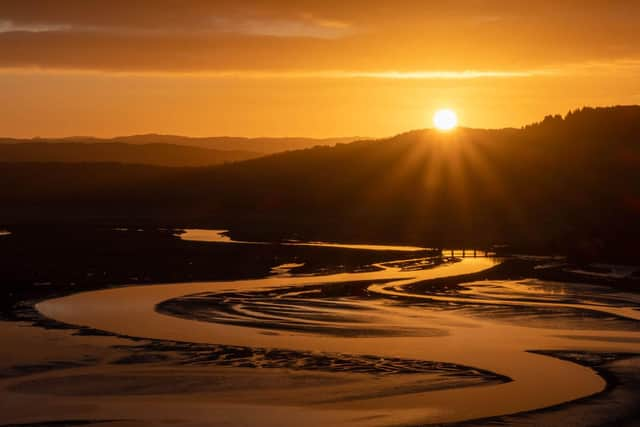

It is back after a three-year closure and a £7 million rebuild that will allow its nationally significant collection, which was given the prestigious designation in 2019 in recognition of its importance to Scotland’s story, to go on show like never before.
For museum director Dr Sharon Webb, the re-opening is a dream finally turned reality.
Dr Webb said: “After so many years of work developing plans, raising funding and building the new museum in really challenging times, its fantastic to see the project complete and the museum open at last.
"For me personally, it has been a privilege to have been able to tell the stories of these amazing artefacts and monuments, as well as to have had the opportunity to work with such a dedicated and talented team who have come together to make the dream a reality.”
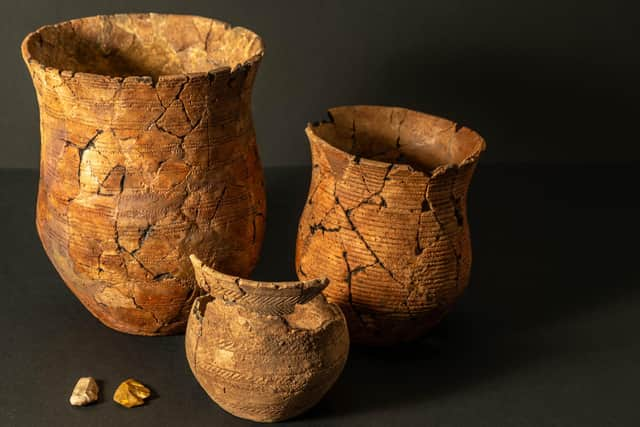

The museum has long been cherished by those who favour exploration of deeper time, the people who inhabited it and the history of Argyll more broadly.
The founding pieces of the museum’s 22,000 artefacts were donated to the museum by archaeologist Marion Campbell of Kilberry, who in 1962 completed the first archaeological survey of Kilmartin Glen. She cracked open for the first time the scale of human activity there, from the Neolithic, to the early Christian and the Medieval.
Later, Time Team host Sir Tony Robinson said of Kilmartin Museum: “How many museums can you go to where you can examine a Bronze Age pot and look out of the window and see the burial mound where it came from?”
Advertisement
Hide AdAdvertisement
Hide AdIn this vein, the surrounding historical landscape will very much form part of the new-look museum, with Reiach and Hall Architects bringing the outside in to allow artefacts to appear, as much as possible, in their natural environment. The light, window-filled space will allow visitors to closely examine the exhibits while the views of the land where they were discovered come into full view.
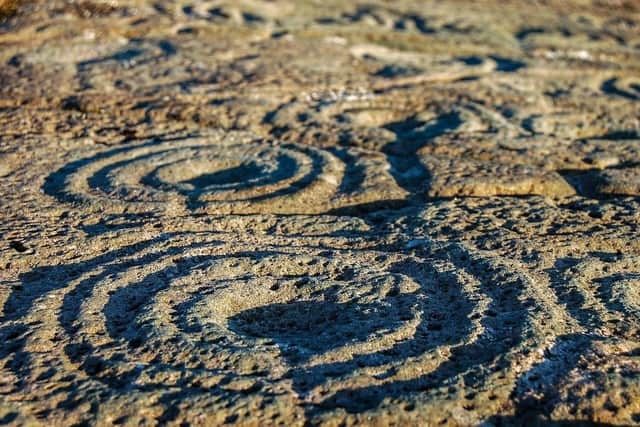

Some of the artefacts come from Dunadd Fort, a key site in Kilmartin Glen and a place of power. It was where kings of the Dál Riata gathered and were possibly inaugurated as rulers of this stretch of the kingdom and its people, the Gaelic-speaking Scoti whose Scottish heartland was Argyll from roughly 400-800 AD.
Beneath the summit of the hill, which rises out of the great moss that blankets the southern end of the glen, is an important and unusual group of carvings in the bedrock – a basin, two footprints, an incised boar, an ogham inscription, and what may be a rock-cut throne.
Kings of Dál Riata came and went from here, both in times of war and peace, with the importance of Dunadd reflected in its two references in the Annals of Ulster.
Today it may feel like a lonely isolated spot, but in its time it was a high-status nerve centre of trade and communication routes, of fine metal working and martial arts, with an unusually high number of weapons found there. The largest and most exceptionally diverse range of continental imported pottery from any site in the Celtic west was also discovered at Dunadd.
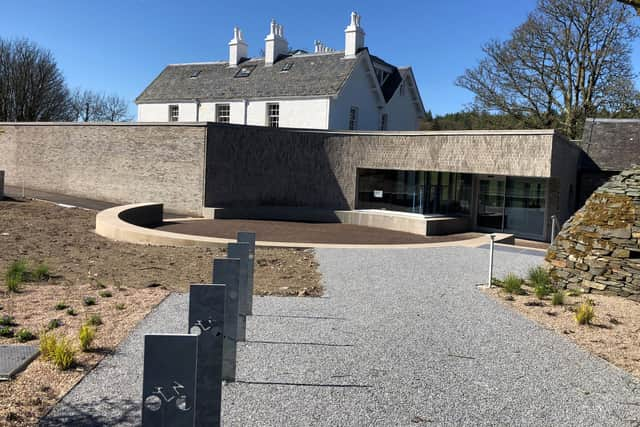

Prehistoric rock art (cup-markings) and artefacts found on the site – and indeed all through the glen in one of the greatest concentrations in Europe – hint at earlier prehistoric activity on the hill.
Indeed, it is believed Dunadd hillfort may have been deliberately sited amongst one of the densest and most important concentrations of prehistoric monuments in the British Isles.
Some 3,000 examples of rock art panels, which date form the Neolithic into the Bronze Age, are found through the glen, with Kilmartin having one of the highest concentrations of the markings, along with Loch Tay and Kirkcudbright in Dumfries and Galloway.
Advertisement
Hide AdAdvertisement
Hide AdThroughout the glen, cup and ring motifs are found on low rocks, but sometimes on standing stones. Horned spirals, usually found on passage tombs are found among the great concentration of open-air markings at the immense outcrop at Achnabrek. At Nether Logie North, axe heads can be seen carved into a cairn.
In May 2021, the sensational discovery of the earliest animal carvings in Scotland were made in the glen. Images of at least five animals, including two red deer stags with fine, branching antlers, were identified on the underside of a large cist slab in Dunchraigaig cairn.
It is believed pieces of quartz were used to carve the markings, with excavations at carvings in Kilmichael Glassary, a valley to the east of Kilmartin Glen, discovering vast quantities of the stone, some with worn edges.
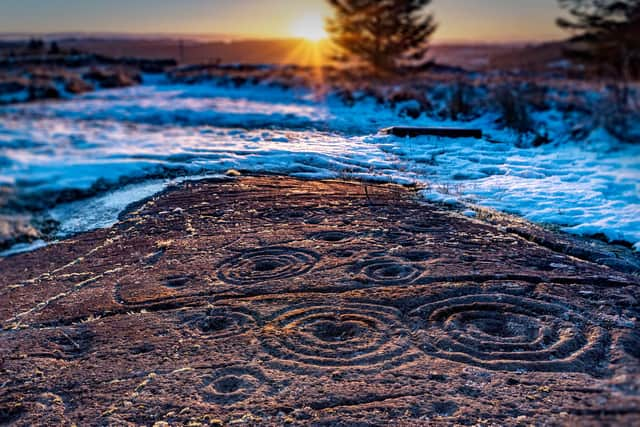

A guide to Scotland's Prehistoric Rock Art, written by a series of experts at Historic Environment Scotland, said: “Experimental archaeology showed these pebbles were probably hammerstones used to make the carvings. The volume of quartz recovered from the excavation indicate the importance of this material in how the site was used.
"Quartz is white, like the moon, and has special properties that make it glow and spark when struck and, when shattered, it produces a fine dust that glitters in the light. Some cultures today believe quartz has magical powers that protect against evil spirits, and similar beliefs may have existed in Neolithic Scotland.”
Kilmartin Museum, which was founded in 1997 by Rachel Butter and David Clough, will anchor the history of this remarkable stretch of Scotland. Prehistoric exhibits will meet new technology to give fresh insights into the ways of those who called the glen home over thousands of years.
Two new labs – one wet and one dry – will be where the artefacts and new acquisitions will be cared for. A series of artworks will reflect on the long history of Kilmartin and a new cafe with views over Glebe Field will offer a place to ponder it all.
Comments
Want to join the conversation? Please or to comment on this article.